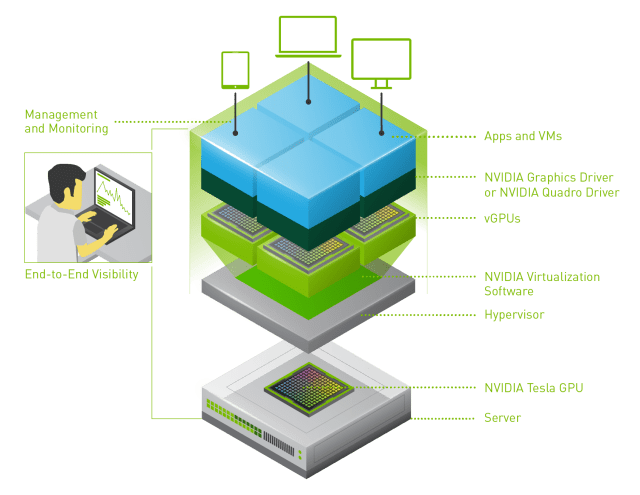General purpose architecture
For organisations of any type looking for a high performance enterprise private cloud at a low cost.
- The best price–performance guaranteed
- Fully automated day–2 operations
- Hyper–converged and other architectures
- Interoperability across various platforms
- Integrated observability stack















